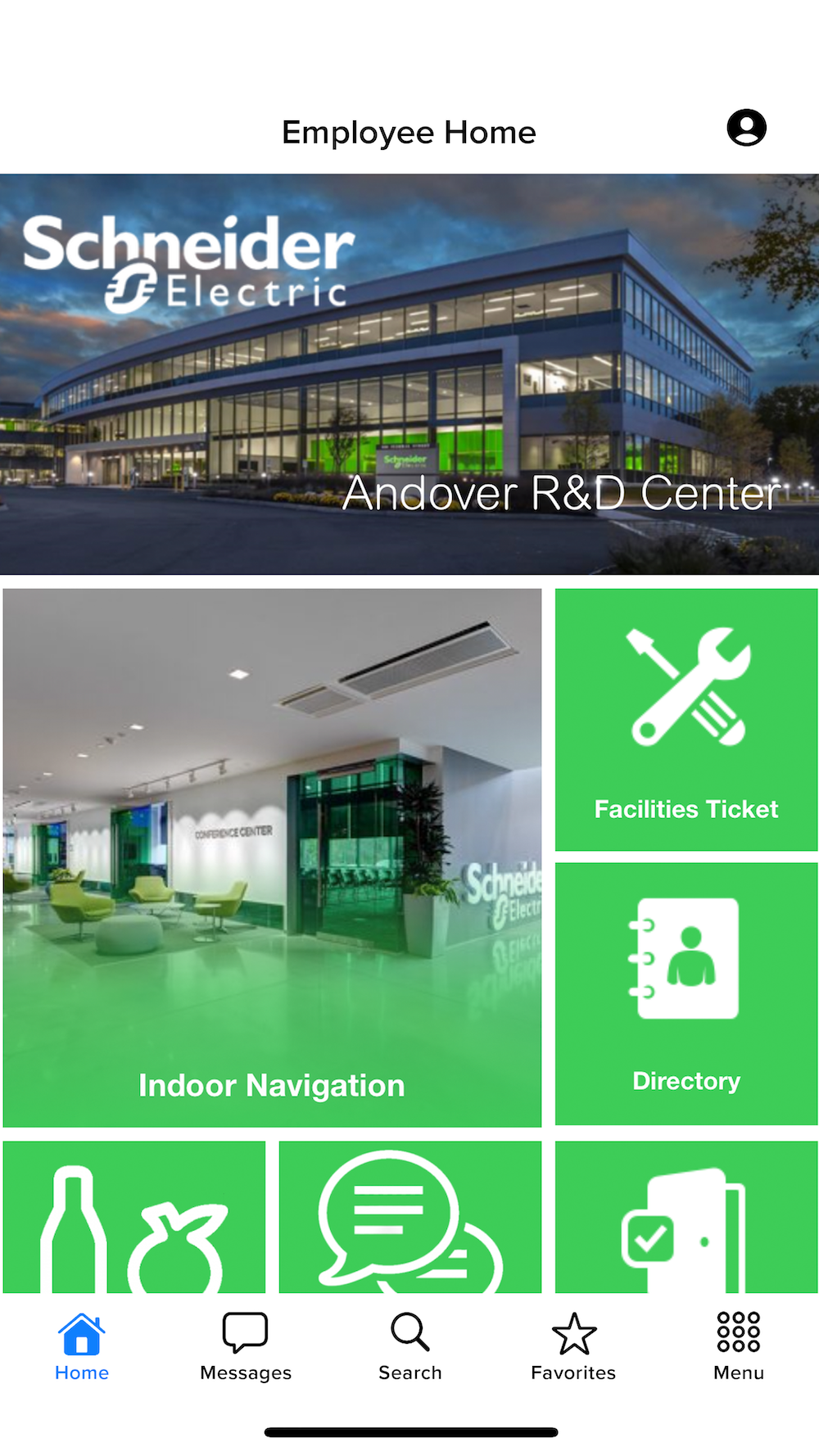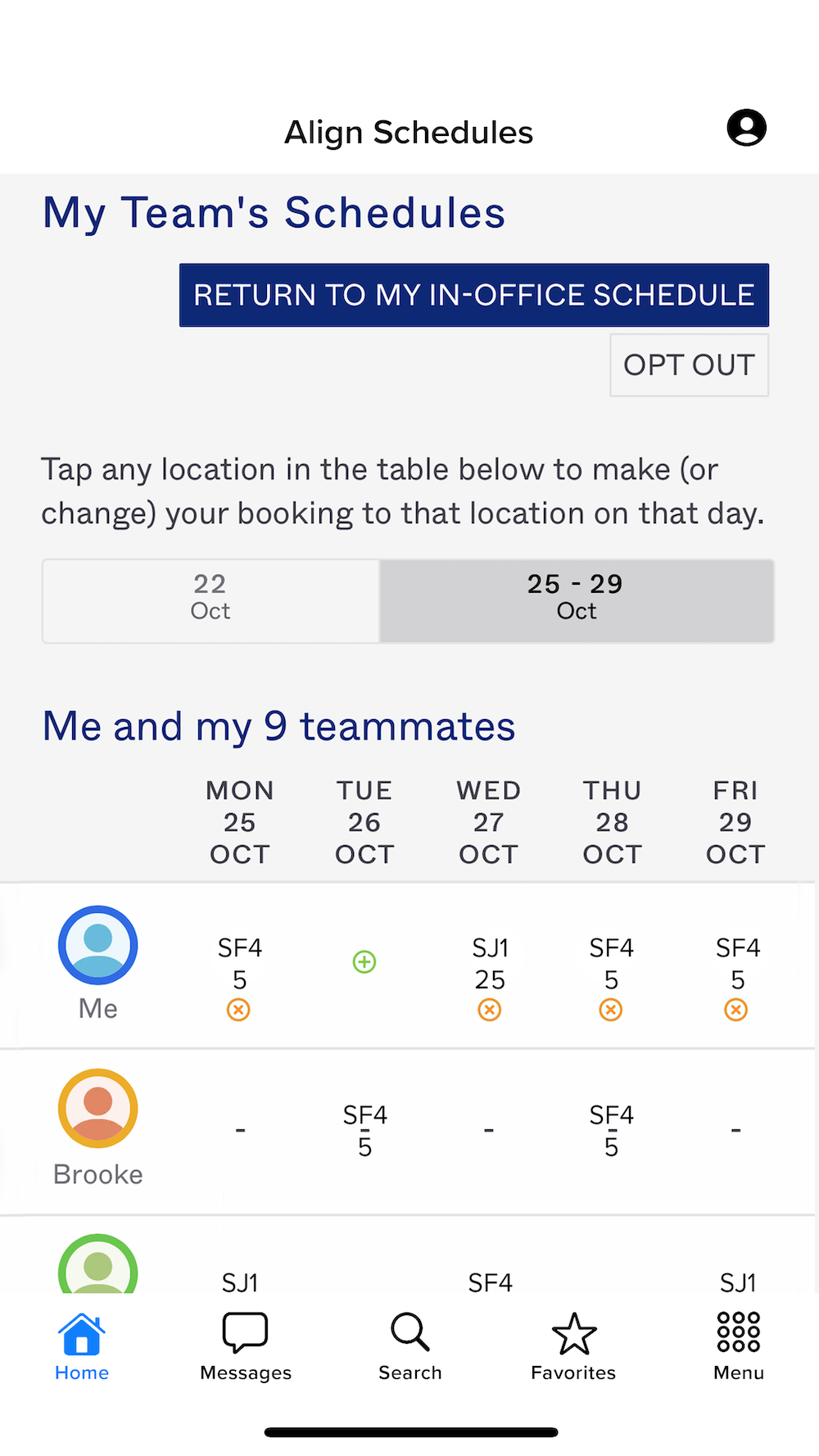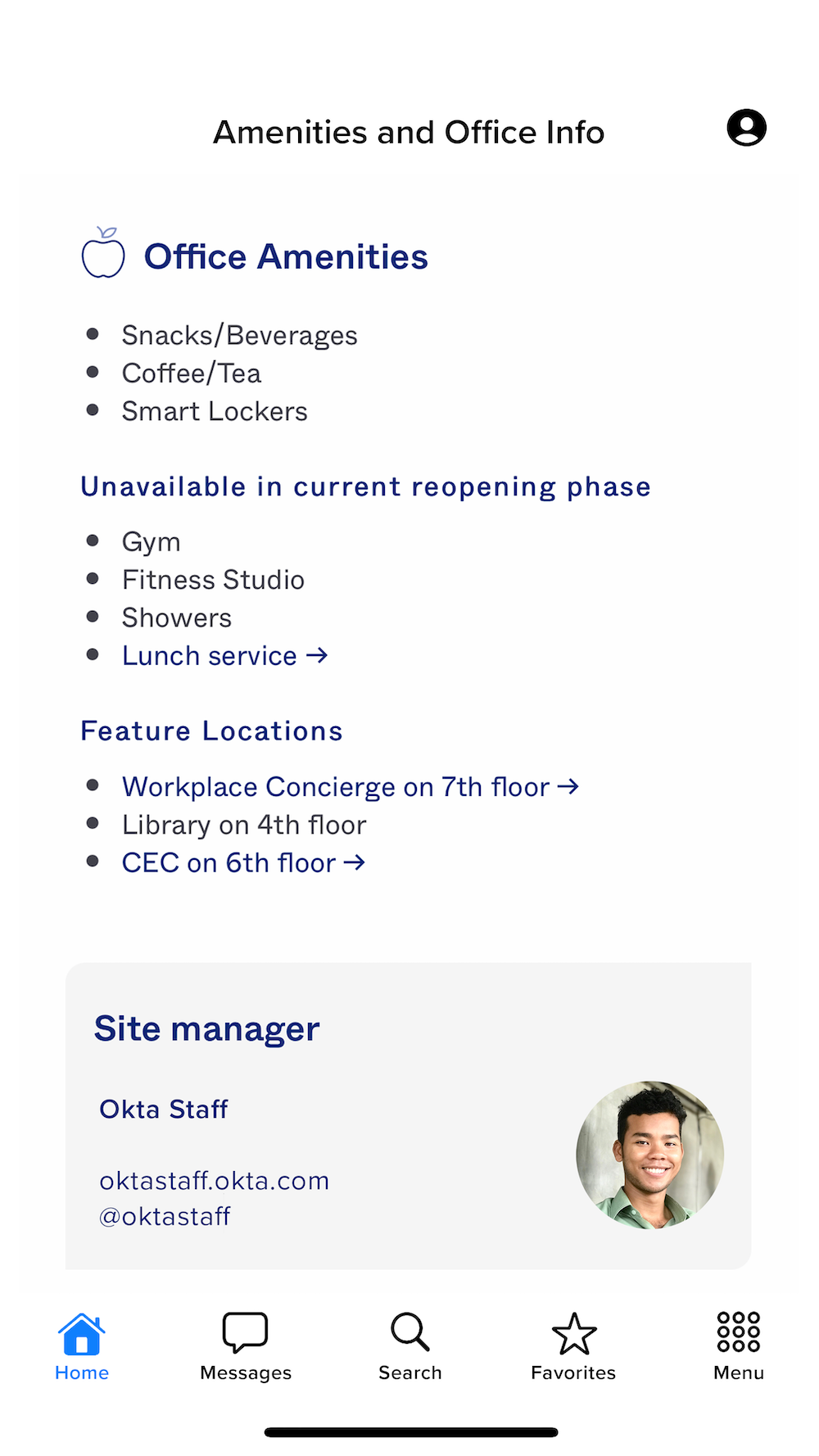Modo Labs’ Ana Sanchez shares why connecting people with smart buildings is an important tool for engagement, recruitment, and retention.


Property technology isn’t new. But like every other industry, commercial real estate saw digital transformation accelerate during the pandemic – with a twist. Initially emerging to serve owners and developers of buildings, we’re now seeing ‘PropTech’ focused on those who manage and work in them.
As energy management and automation company Schneider Electric noted in its 2021 report Smart Buildings and the Future of Work, “The Covid-19 crisis redefined what it means for a workplace to be smart. Where major operational gains were once the core driver for the implementation of advanced workplace technology, today the focus has shifted to the enhancement of staff safety, wellbeing, business performance and employee engagement.”
The role of the office is changing with hybrid work just as tech-savvy Gen Z employees are becoming a larger percentage of the workforce. Connecting people with smart buildings is an important tool for engagement, recruitment, and retention. The data from these technologies also gives management insight into usage patterns and preferences that help organizations maximize space utilization.
What Kind of Technology Engages Employees in Offices?
Health and wellness
A six-country study on changing views post-pandemic indicated that 91% of employees expect companies to keep workers healthy, including physical changes to space and operations. From a technology perspective, that includes things like touchless entry and navigation around buildings and spaces, health self-attestations, and the ability to see data from sensors that monitor air quality, density, and occupancy, so they can better plan office days and make on-the-spot decisions about where and how to move around.
With access to data on daylight, lighting, and temperature in different parts of a building, employees can decide to set up meetings in bright, lively areas or quieter spots. And with the ability to control some of those conditions directly, they can accommodate their own preferences – lowering or raising window shades and/or room temperature.
Giving employees the ability to use this data to make decisions about their environment also generates useful data for the organization. Analyzing how employees are using spaces, at which times and days, along with comfort preferences, helps maximize space utilization and informs decisions around cleaning frequency, staffing, and space design.
Collaboration and socialization
Researchers at Harvard Business School encourage organizations to actively design employee and team experiences where casual but critical interactions that lead to innovation can readily happen. Technology that helps people see when others are heading to the office, sync schedules and seating, and reserve spaces for drop-by meetups has become a must-have in the hybrid workplace. The desire to make trips to the office ‘worth it’ has also driven workplace technology to include the ability to connect socially, with opt-in personal profiles that enable employees to share their interests with co-workers, join affinity groups and participate in gamified workplace experiences.
Frictionless everything
Enterprises now use, on average, a whopping 364 separate apps, with 53% of workers noting that they find having to “navigate between apps” more annoying than working on household chores! PropTech that integrates technologies in a way that is seamless to workers is a must-have. The goal is a highly connected experience that starts before employees get to the office and carries throughout their day.


The Workplace App: The Interface to Smart Buildings and Enterprise Technologies
The key technology layer that enables this kind of experience is the mobile workplace app. It’s the interface by which people interact with smart buildings and other enterprise technologies and tools.
Working as a digital infrastructure layer, a mobile workplace app can unlock access to a range of services and amenities through a user-friendly interface with single sign-on.
Global 100 company specializing in energy management and automation Schneider Electric uses Modo Workplace, a low-code app-building platform, to connect its workforces with smart buildings to create people-centered workplaces. A strategic partner to Modo, Schneider Electric also offers its own Modo-powered workplace app, EcoStruxure Engage, to Schneider Electric clients to help keep building occupants productive and engaged.
Schneider’s Brook Potter, Director of Product Management, Cloud Services and Platforms, said, “By connecting to a building management system we can use the mobile phone as a digital badge to access spaces, call an elevator, or manage temperature, lights, blinds, and other things that are being built into smart office buildings today.”
With a Modo-powered app, planning office visits, booking spaces, synching schedules and locations with colleagues can all be done ahead of time from a mobile device or desktop. Upon arrival at the office, a wave of a smartphone provides health self-attestation and touchless entry. It may even signal an elevator to the floor booked in advance. Indoor navigation helps employees find seats in newly configured spaces.
Once seated with colleagues, employees could use the app to check air quality, and adjust lighting or temperature. With integration to enterprise systems, they can file a service ticket, register an upcoming visitor with touchless check-in, check personal dashboards for action items, and see local notifications. Booking lunch with a visiting client, coordinating with gym partners and checking public transport schedules are all available in one place – the app.
Identity and access management company Okta, which embraced the dynamic office concept early on, also uses Modo Workplace to keep its workforce productive, engaged and connected. Okta Workplace Technologies Product Manager Matt Harris noted, “When going into the office was the everyday norm the thinking was that we’re going to give you all these things — we’ll give you a great experience — and then just kind of expect you to use it. Now we’re asking employees to tell us when and how they want to use the space, and we’ll meet them with our operational approach.”


